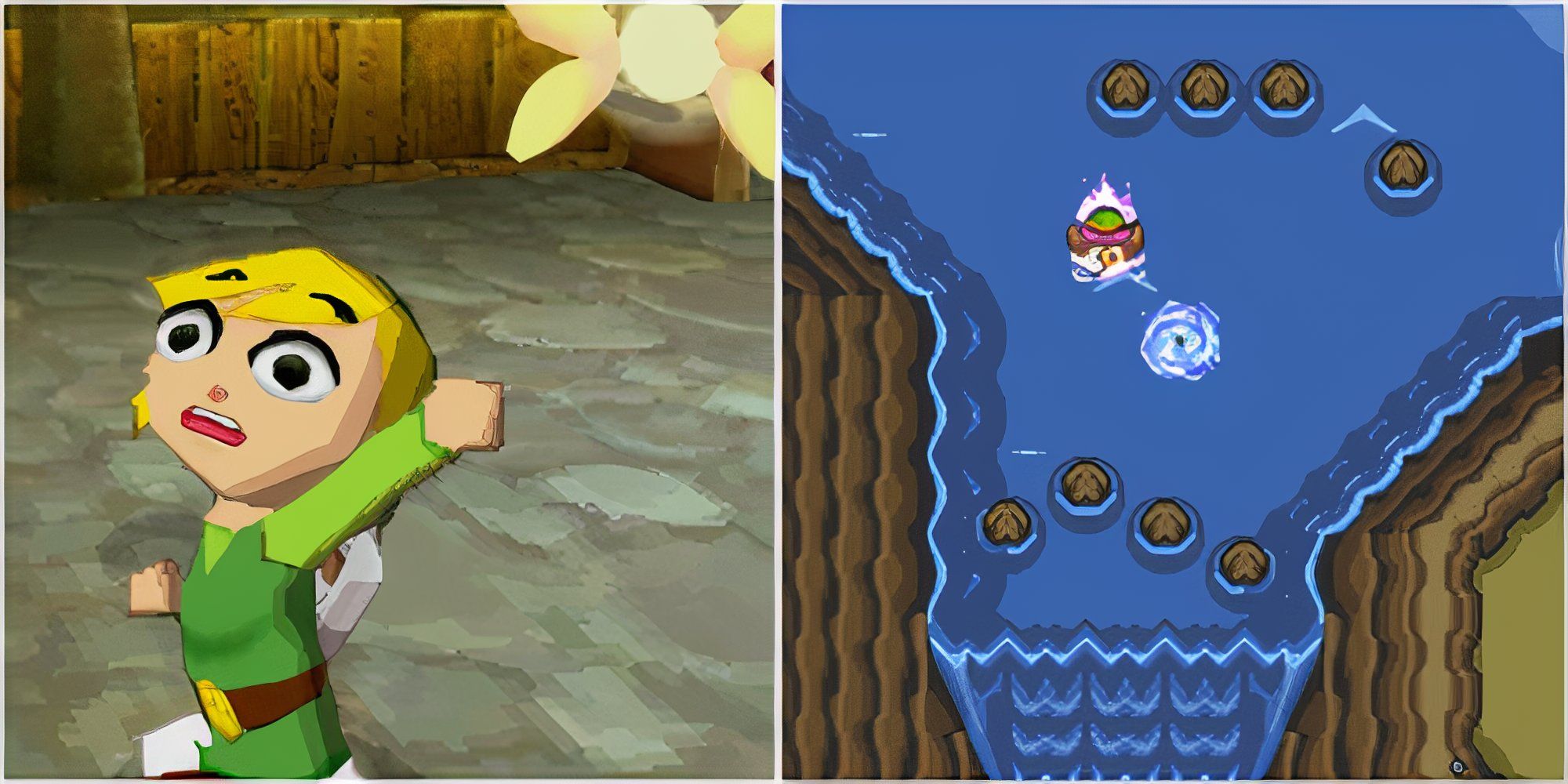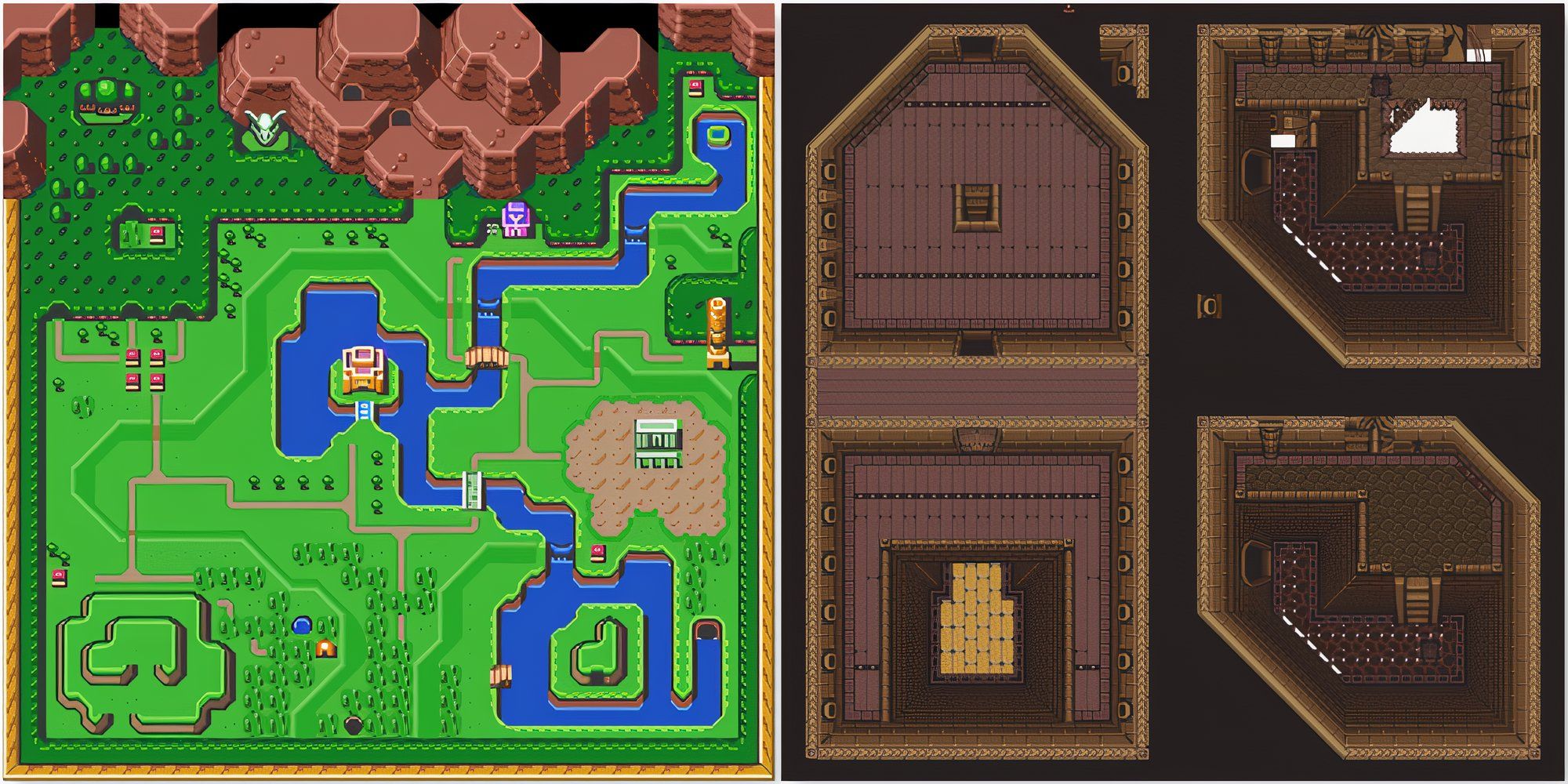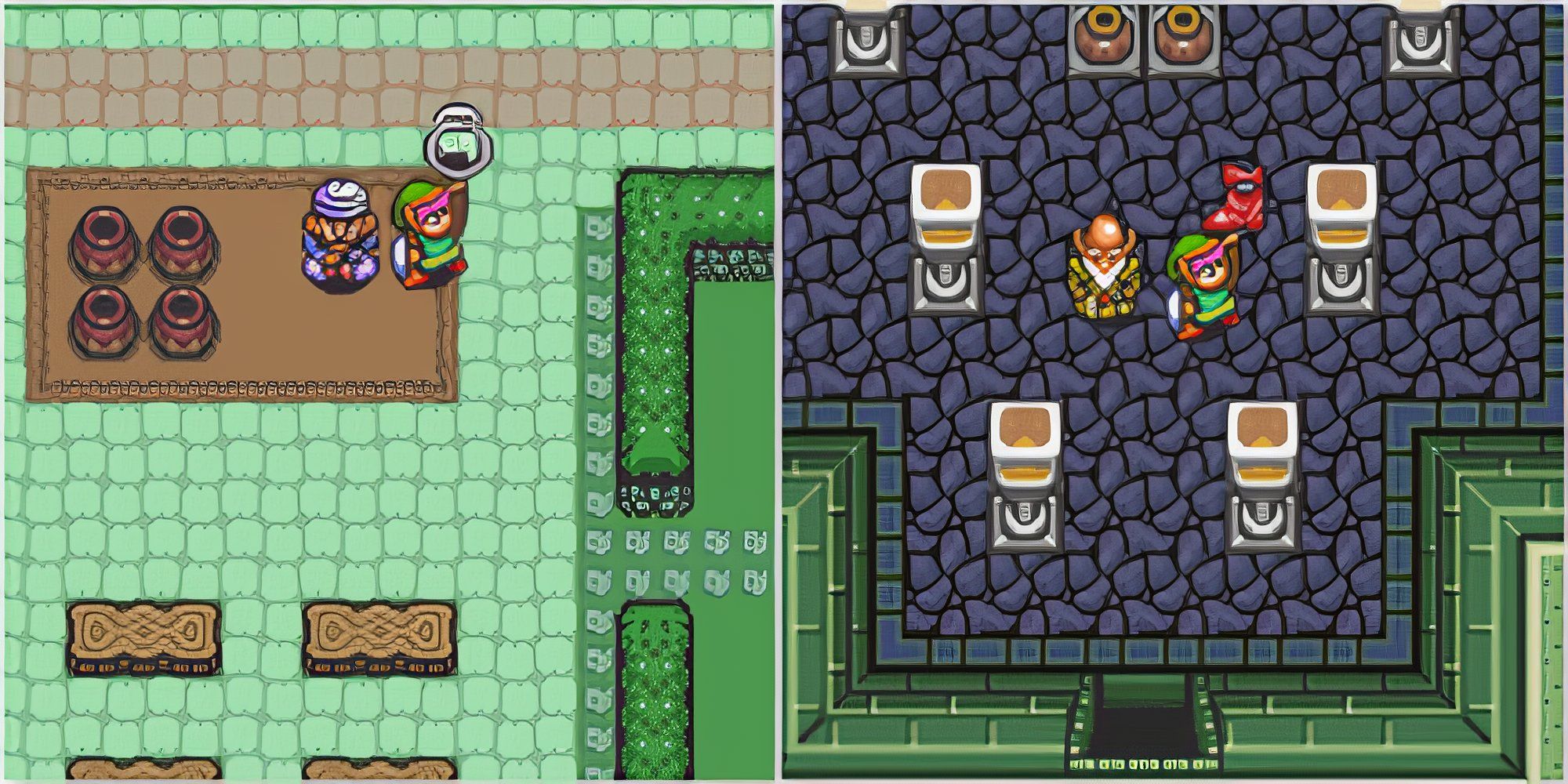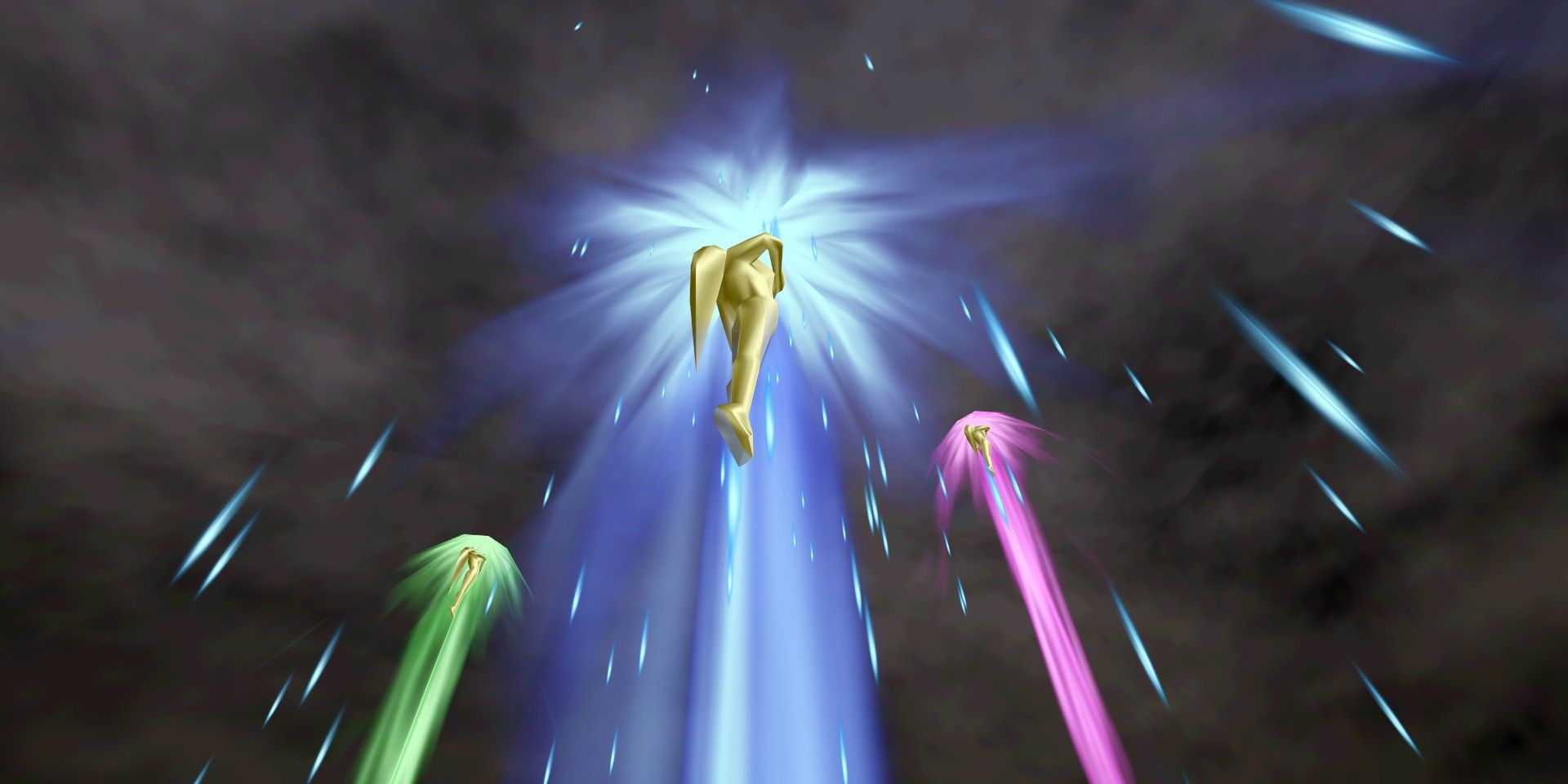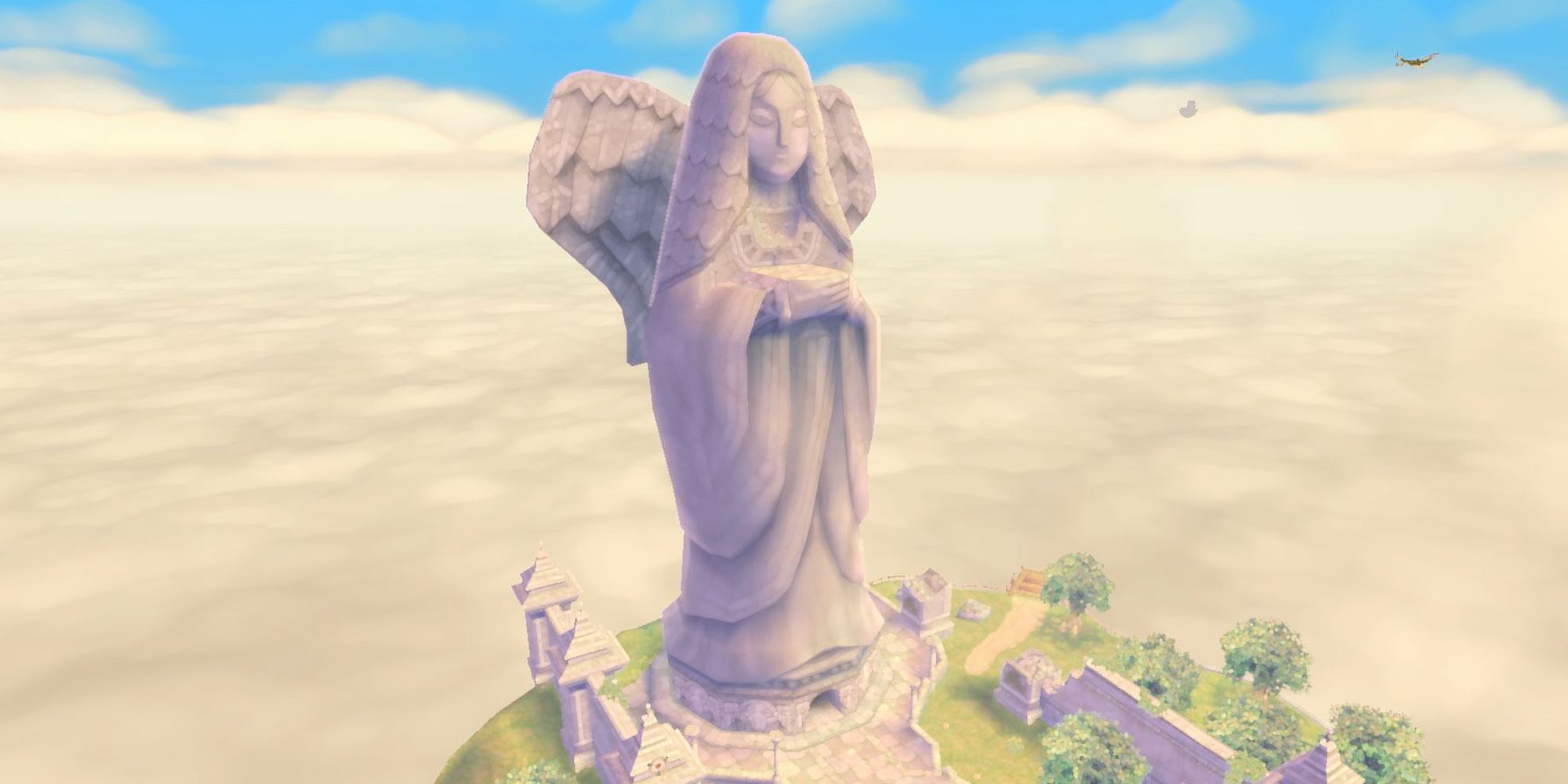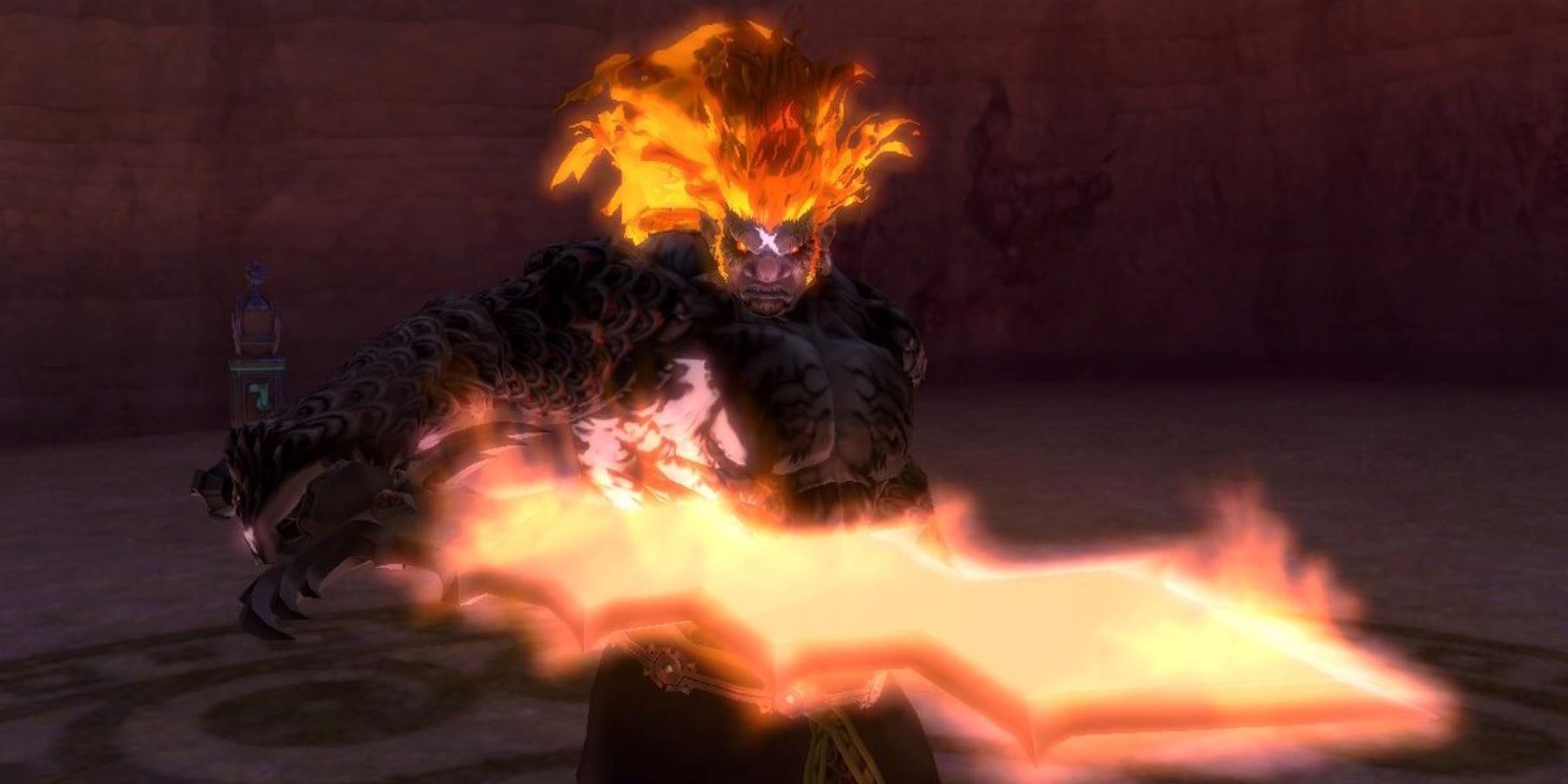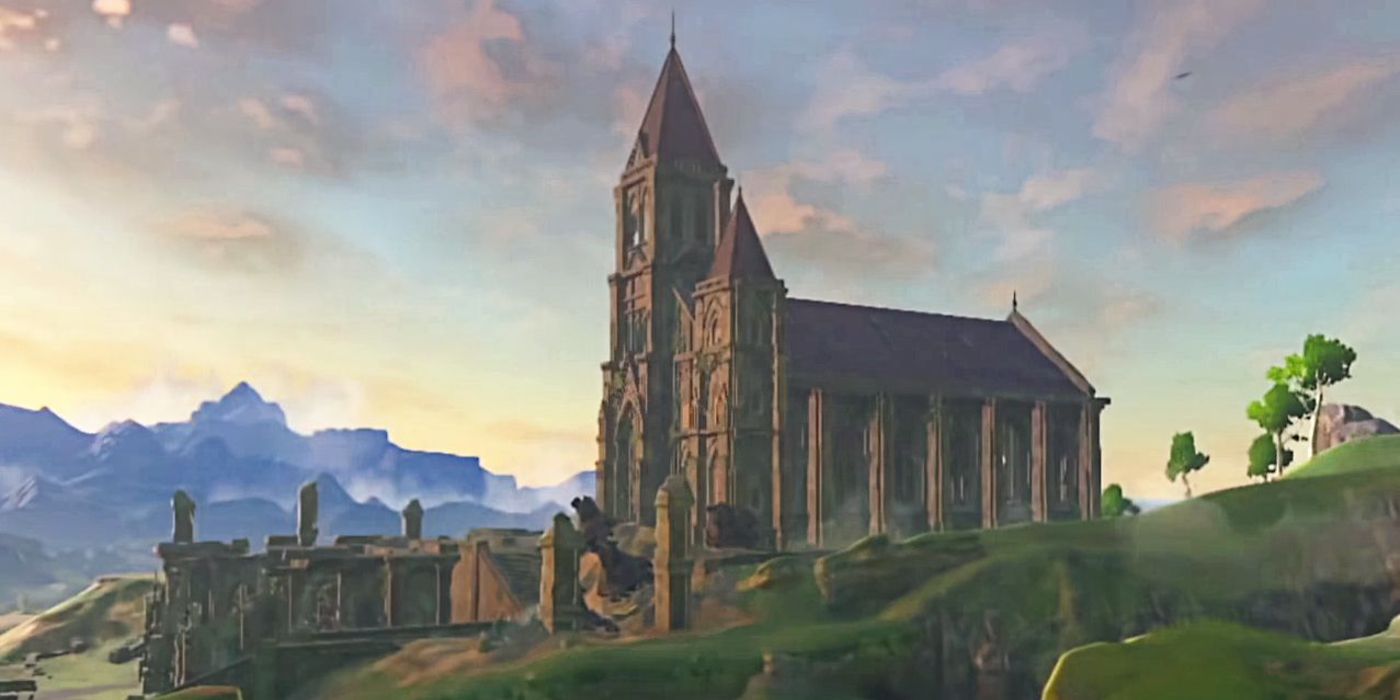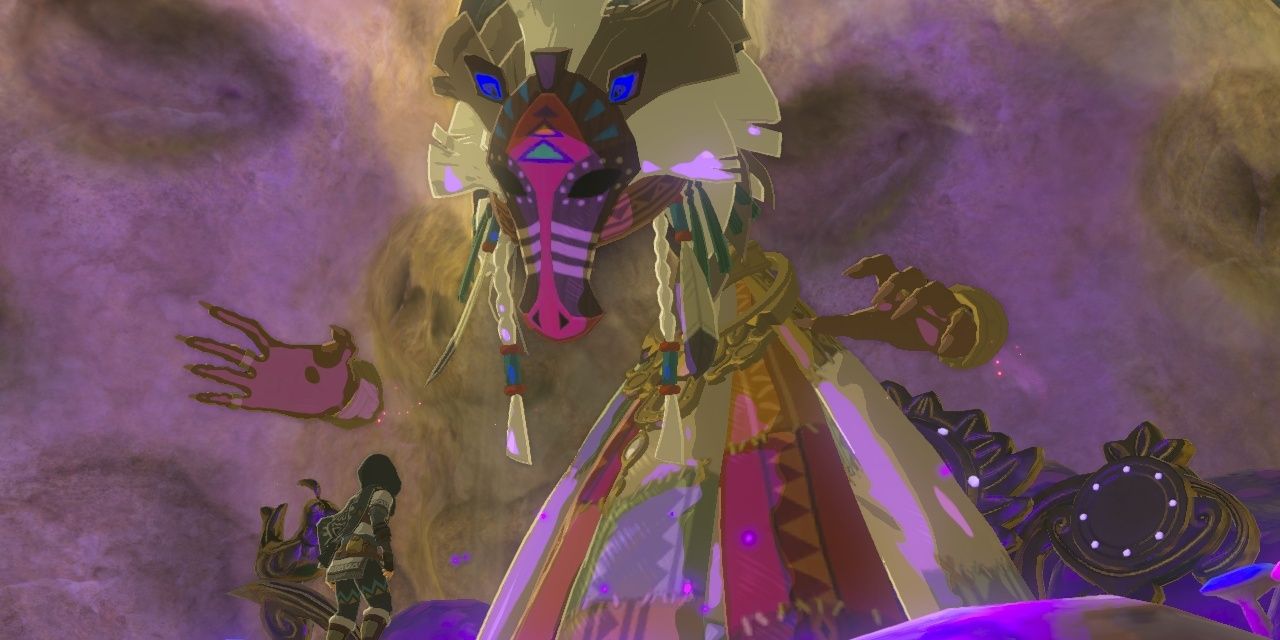Highlights
- The Legend of Zelda: Ocarina of Time's exploration of religious themes laid the groundwork for the intricate cosmology and diverse deities in the Zelda universe.
- The Golden Goddesses created Hyrule, while Hylia protected the Triforce, and Demise's reincarnations continue to threaten the land, leading to eternal battles.
- Many Zelda games also incorporate minor gods and spirits that crop up in Hyrule but lack extensive lore, like Malanya the Horse God.
Twenty years after release, The Legend of Zelda: Ocarina of Time is still often hailed as the most integral Legend of Zelda game. The game pioneered 3D adventure, gameplay, and mechanics – essentially solidifying all the elements that are well-known staples within TheLegend of Zelda. It popularized musicality and in-game instruments in the series, which now is a classic for both establishing tone, setting, and crafting bonds between characters. The open world seen in TheLegend of Zelda: Breath of the Wild and TheLegend of Zelda: Tears of the Kingdom was only possible because The Legend of Zelda:Ocarina of Time instituted the open field and the ability to travel by horseback.
Some of these groundbreaking story elements seen popularly in TheLegend of Zelda are also rooted in TheLegend of Zelda: Ocarina of Time's exploration of religious themes within Hyrule. Consequently, to understand the intricate cosmology that inhabits Hyrule, TheLegend of Zelda: Ocarina of Time still stands as a starting point to unpack the diverse deities and their roles that shape the game's overarching narrative.
The Golden Goddesses
The Legend of Zelda houses an incredible range of terrain. From the hot, volcanic mountains in Eldin to the frigid temperatures in Hebra, the setting is vast. However, the origins of this realm trace back to the opening scene of The Legend of Zelda: Ocarina of Time, which showcases the three Golden Goddesses that formed Hyrule. Din, the goddess of power, Nayru, the goddess of wisdom, and Farore, the goddess of courage, descended from the heavens. Din created the land, Nayru established order, and Farore breathed life across the realm.
Prior to ascending back to the heavens, the three all-powerful Goddesses crafted the legendary Triforce and bestowed its guardianship upon Hylia, the chosen protector of their creation. But because darkness always found a way to threaten Hyrule, Din, Nayru, and Farore often intervened to protect those below. The reason for the flooded world in Wind Waker is one example. With no hero to save them, the people of Hyrule prayed for divine intervention when Ganondorf's unstoppable power endangered the land. The Goddesses advised their people to retreat to the mountaintops, then submerged the land to prevent Ganondorf from rising. In Twilight Princess, the Golden Goddesses commanded four Light Spirits to assume guardianship over four provinces across Hyrule from dark magic wielders who sought the Triforce.
The three Golden Goddesses are each distinguished by their unique crests and the elements they embody. Din is adorned with red fire, mirroring the intensity of her strength. Nayru is associated with the serene depths of water, her essence reflected in the color blue. Farore is entwined with the wind, her presence evoking the vibrancy of the color green.
Hylia
The Goddess Hylia first appeared in The Legend of Zelda: Skyward Sword, but reappears in both Breath of the Wild and Tears of the Kingdom. After the Golden Goddesses left the Triforce in Hyrule, Hylia walked among mortals, keeping the Triforce out of dangerous hands and ensuring Hylians' safety. Due to the sudden rise of Demise, the Demon King, Hylia gathered what was left of her people and lifted a portion of the earth above the clouds, safely sealing them away from the dangers of the ground by using a Cloud Barrier to prevent their return.
With the Hylians and the Triforce safe, Hylia regrouped with the other tribes and successfully imprisoned Demise in what is known as the Sealed Grounds. Due to her grave wounds after the battle, Hylia decided to give up her immortality and be reborn as a mortal, enabling her to wield the Triforce, as it could only be used by mortals. Monuments to Hylia are seen in the Goddess Statues that appear in several locations in both Breath of the Wild and Tears of the Kingdom.
Demise
While Demise is technically a demon, not a deity, he is worth mentioning due to his direct involvement with Hylia's immortality and the trajectory of the goddess Hylia's reincarnation. He is quoted to have been an eternal being who mastered time and is the father to all monsters.
After a great battle with Link in Skyward Sword, a dying Demise vows that their fight will never be over. His hatred will manifest itself as a reincarnation and finish what he started. But it won't just be Demise who will constantly rise: the descendants of the Goddess Hylia and the reborn Hero will battle against his reincarnation in every cycle, destined to forever fight.
The Goddess of Time
The Legend of Zelda utilizes time travel in a way that is inseparable from the essence of the franchise. The games often jump between different eras, and in games like Ocarina of Time and Skyward Sword, Link must intentionally manipulate the flow of time to solve puzzles or access areas. Given how important time manipulation is to the series, the existence of the Goddess of Time makes sense.
Very little is known about this goddess. She is only mentioned in Majora's Mask and is never seen physically. Amid the fall of the moon, several Terminans call out to the Goddess of Time for help. Tatl, Link's Fairy companion, also finds refuge in praying to the Goddess of Time while Princess Zelda promises safety through the Goddess. There are theories that Hylia is actually the Goddess of Time, but there isn't much to prove or disclaim that theory.
Minor Gods, Guardians, and Spirits
The Golden Goddesses and Hylia are the primary deities, but throughout the series, there are dozens of other gods and spirits that Link encounters. Some of them were appointed by Hylia, like Levias, the Great Spirit of the Skies, but most have no explanation for their presence.
Malanya, the Horse God from BotW and TotK, has the power to resurrect Link's fallen horses. Zephos and Cyclos are Gods of the Winds who teach Link how to direct the wind. The Wind Fish can create and vanish entire islands. These gods present themselves to Link, but are very rarely mentioned or worshiped by Hylians or other species.
Separate from gods, there are several other spirits and beings that resemble guardian archetypes. Oshus from Phantom Hourglass watches over the World of the Ocean King, similar to how Valoo, the dragon Sky Spirit in Wind Waker, protects the Rito of Dragon Roost Island. The Great Deku Tree appears in several Zelda games and consistently acts as a wise and protective figure to Link and Koroks.
The people of Termina in Majora's Mask also annually honor the Four Giants at the Carnival of Time. The Giants lived among the people of Termina before departing one hundred steps in each direction to sleep but promised they would return if called upon. When the moon falls upon Termina, Link plays the Oath to Order and summons the Four Giants, who promptly prevent the moon from crushing the town.
In the universe of The Legend of Zelda, a diverse array of gods and goddesses shape the culture of Hyrule and its surrounding regions. From the all-powerful Golden Goddesses to each mysterious and elusive minor spirit, each deity enhances the franchise's narrative in unique and creative ways.

